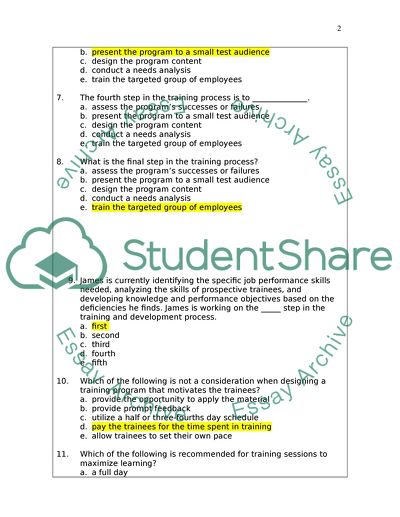Cite this document
(“Training and career Management Essay Example | Topics and Well Written Essays - 2750 words”, n.d.)
Training and career Management Essay Example | Topics and Well Written Essays - 2750 words. Retrieved from https://studentshare.org/human-resources/1653538-training-and-career-management
Training and career Management Essay Example | Topics and Well Written Essays - 2750 words. Retrieved from https://studentshare.org/human-resources/1653538-training-and-career-management
(Training and Career Management Essay Example | Topics and Well Written Essays - 2750 Words)
Training and Career Management Essay Example | Topics and Well Written Essays - 2750 Words. https://studentshare.org/human-resources/1653538-training-and-career-management.
Training and Career Management Essay Example | Topics and Well Written Essays - 2750 Words. https://studentshare.org/human-resources/1653538-training-and-career-management.
“Training and Career Management Essay Example | Topics and Well Written Essays - 2750 Words”, n.d. https://studentshare.org/human-resources/1653538-training-and-career-management.


